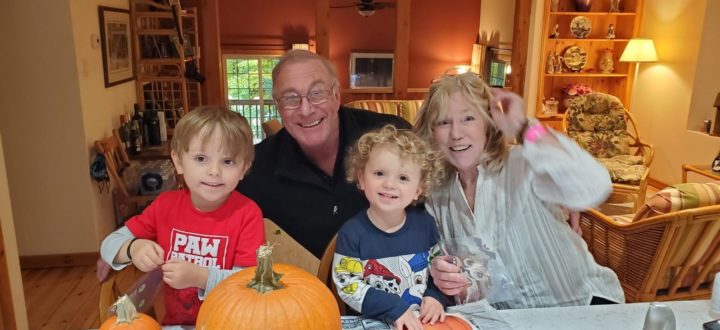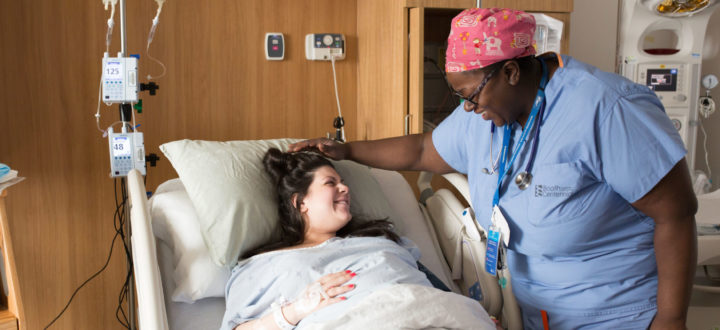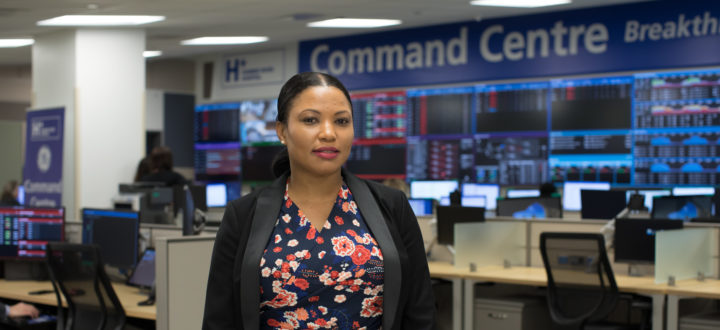Breaking Language Barriers with the Interpreter on Wheels
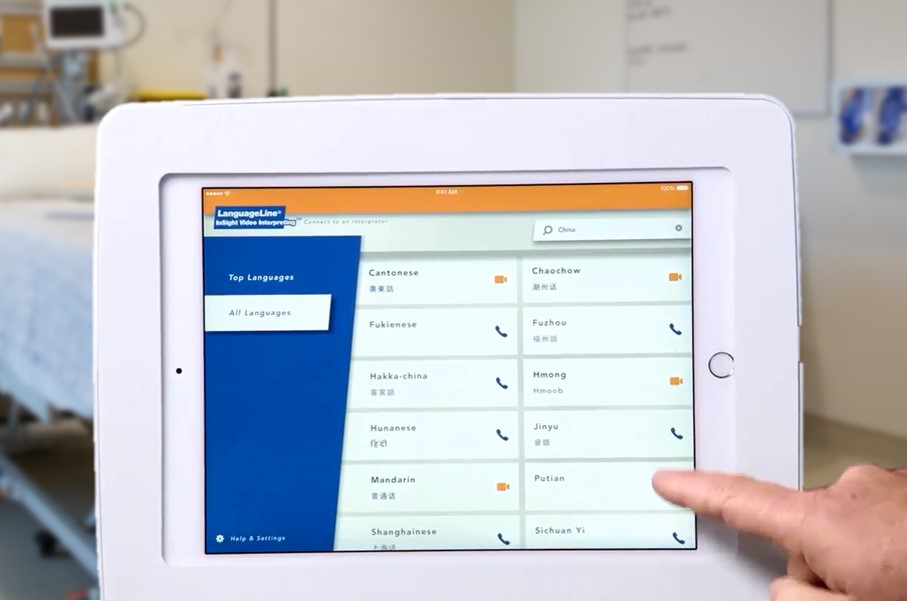
Interpretation Services offers nearly 240 languages including American Sign Language (ASL).
Did you know that Humber River Health serves one of the most diverse catchment areas in Ontario? When it comes to healthcare, it’s important things don’t get lost in translation. That’s why Interpretation Services are available to all patients and family members who may have difficulty speaking or understanding English.
At Humber River Health, Video Remote Interpretation—or “Interpreter on Wheels”—offers around-the-clock real-time interpretation American Sign Language and over 34 of North America’s most common languages, plus audio-only support for more than 200 others.
“Language does not need to be a barrier to receiving high quality health care,” says Carmen Alcalde, Interpreter Program Coordinator at Humber’s Patient & Family Resource Centre. “Through the Interpreter Program patients and families with limited English proficiency are able to understand vital information about their diagnosis and treatment options, and have the opportunity convey their preferences.”
How it works
We use a service that provides remote video access to a trained interpreter – 24/7. Usually it takes less than 30 seconds to connect with the correct interpreter via an iPad. This service is available at any time at the Hospital, and we can even bring an interpreter onto the line if you phone the Hospital.
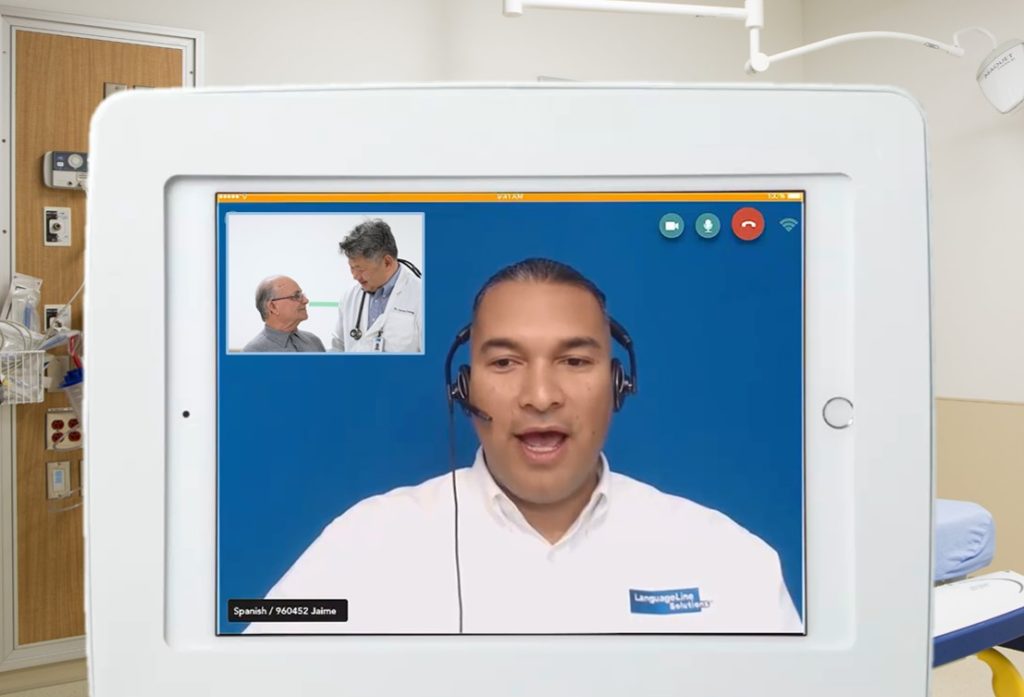
Interpreters can rephrase culturally-specific references and anything else that will help the patient properly understand the discussion.
Everything is private and confidential.
We use two providers:
- Over-the phone, provided by Languages Services Toronto
- Video remote interpretation provided by Language Line Solutions via Access Alliance
What’s the difference between an Interpreter and a Translator?
Interpretation doesn’t involve word-for-word translation. Interpreters take into account body language and context, so that they can rephrase culturally-specific references and anything else that will help the patient properly understand the discussion.
“This service helps us lessen the equity gap that is created when patients are unable to communicate with their healthcare providers,” says Carmen, “I’m happy we offer it to our patients.”
Thanks to funding raised through our recent Illuminate: A Diwali Celebration, we will be able to purchase new machines for our Schulich Family Medicine Teaching Unit. Thanks to our generous supporters, we are able to break down language barriers, ensuring that every patient, regardless of the language they speak, receives the care they deserve.



